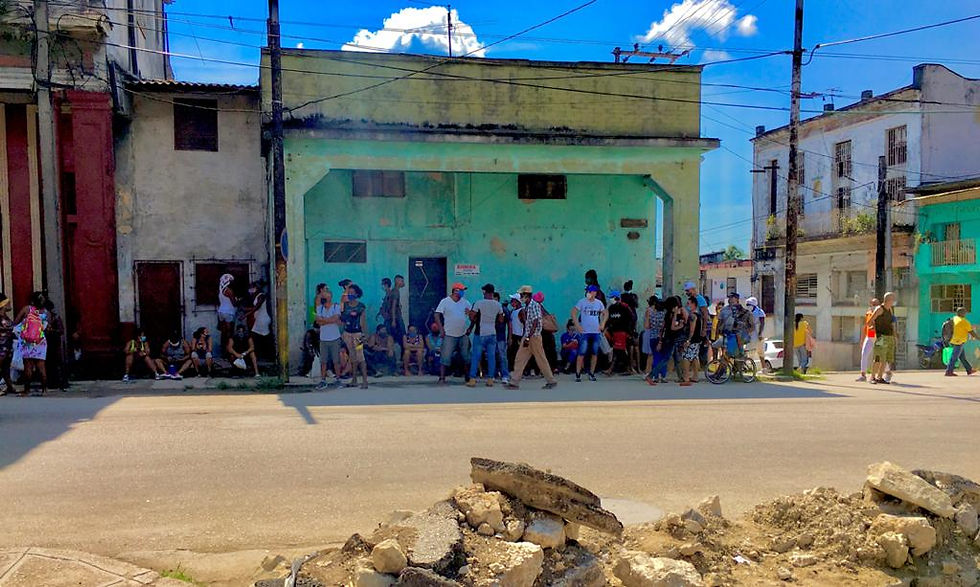CUBAN BASEBALL REFORMS PART I
- Cuba Travel
- Apr 13, 2018
- 3 min read

HAVANA'S LATINOAMERICAN STADIUM
ACADEMIES, COACHES, UMPIRES, & STADIUMS
Cuban baseball needs serious reforms, from the its professional league to its grade school league, each passing year sees less world class-players coming from the island. Aside from financing, reforms to the basic structure of baseball are needed if Cuba is to compete to win in international competitions.
Cuba faces the unique challenge of almost zero population growth, and therefore less potential players than a nation with a growing population. In Cuba, as in the rest of the world, players who eventually reach professional leagues usually begin to play between the ages of 8 and 12 years old. Cuban children who are at this age today will be the stars of Cuban baseball in the decade between 2022 and 2032. In the period between 1989 and the year 2000 there were approximately 28,000 Cuban children between 8 and 16 years old playing organized baseball in Cuba. Of these 1,500 were categorized by the Cuban sports system as talented players with established skills, with 752 in the EIDE, and approximately 400 in each the ESPA and ACAD. These numbers do not reflect the stark reality, that these players are isolated in a system that does not participate with any professional baseball league from any other nation. There are no scouts looking for young talent for minor league teams, and this results in potential players never getting any exposure because no one knows they even exist.
Between 1990 and today Cuba has had on average a total of less than three-thousand professional baseball trainers and coaches in any given year, between all the various government institutions. Education, training, and motivation of these trainers varies greatly, with some being college graduates with physical education degrees, and no previous connection to the world of baseball. Only a fifth of these trainers and coaches have masters or doctoral degrees. Over the same twenty-seven-year period Cuban baseball counted on approximately three-hundred and fifty umpires in any given year, with twenty of these certified for international games, fifty for national games, and three-hundred for provincial games. This amount is sufficient to handle the number of games currently played, but would have to increase should the number of players and games increase.
The number of stadiums that can host baseball games in Cuba is not a problem, the problem lies in the condition of these stadiums. The stadium which currently serves as the home of Havana’s Industriales was built in the mid-1940’s with private funds, and it is in appalling condition. The Estadio Latino Americano, as it was renamed after the revolution of 1959, is rotting, and the collapsing roof has posed a risk to fans for years. Just like Havana, all professional league stadiums on the island need major turf, seating, and lighting improvements. Players on the island do not have access to adequate gym equipment, much less baseball specific equipment or the latest state-of-the-art training equipment. If the stadiums and training facilities for professional players are lacking, the same facilities for young, non-professional players are in even worse condition, if such facilities are even available to them.
In conclusion, Cuba must take immediate and drastic steps to improve the playing and training conditions at all levels of the game on the island, and take measures to address the lack of financing and monetary incentive that effects at levels of the game.
By Frank Gonzalez & KMOA








Comments